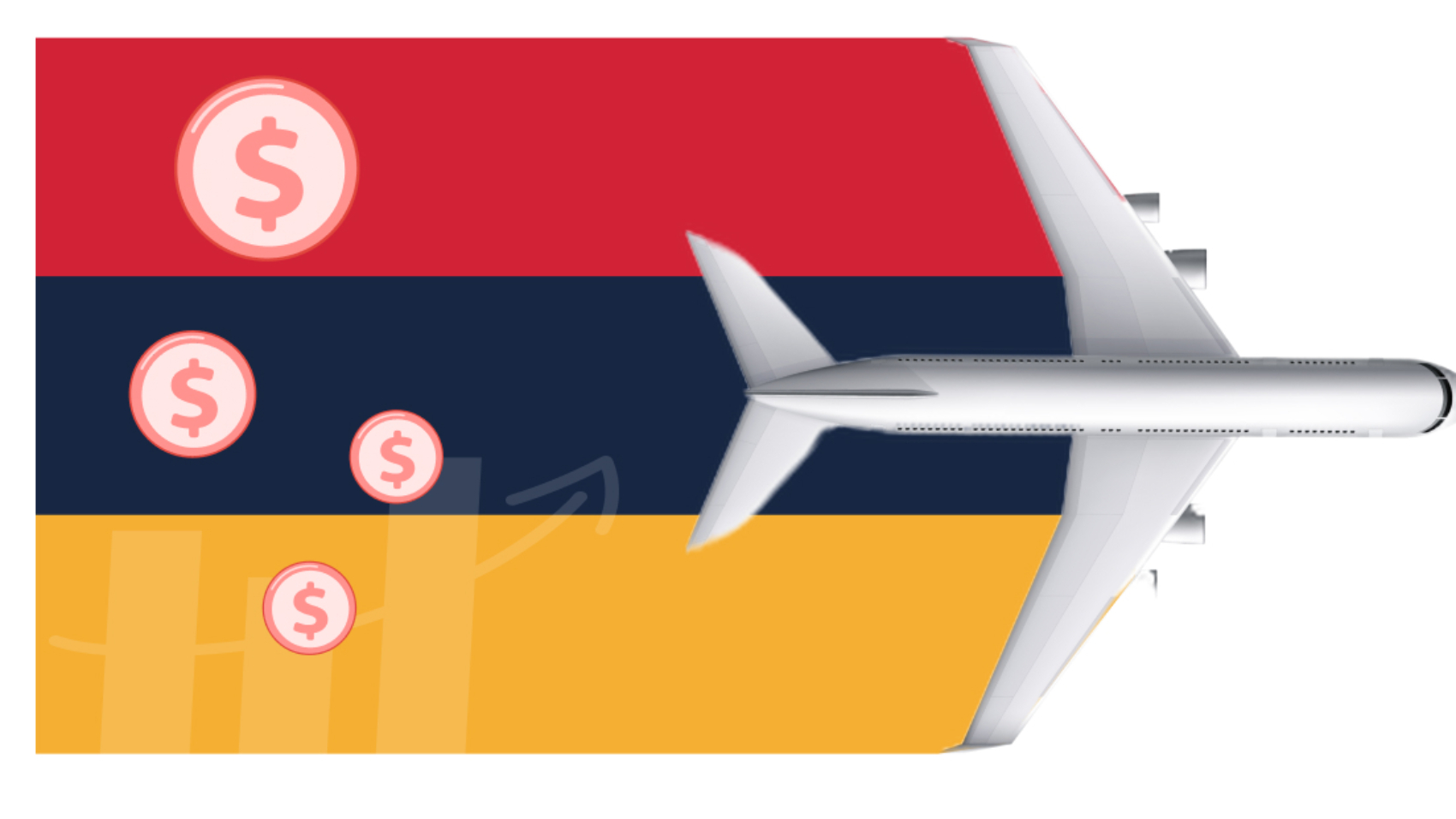At the end of 2022, long after the pandemic had been declared over in most of the world, airline revenue still hadn’t touched pre-covid levels.
It wasn’t even close; airlines had made at least $100 million more in revenue in 2019.
Largely, this shortfall has been attributed to airlines’ revenue optimization systems getting out of whack. The industry had no reliable historical data to make pricing decisions, given how everything was shut down for nearly two years.
Making “educated guesses” has unfortunately become the norm when it comes to pricing decisions, and it shows, especially with group bookings.
Airlines have witnessed record numbers of customers making inquiries for group bookings and backing out, saying the prices were too high. In other cases, revenue managers have been forced to make steep cuts to group booking fares to ensure the flight was filled.
How AI can cause a turnaround in airline fortunes
Something is broken when it comes to airlines’ pricing methods for group bookings.
Group fares are notoriously hard to optimize; a ton of factors must be considered before arriving at a quote, and often, this takes an airline at least a week.
Within that period, 3 out of 4 customers lose interest in the airline. When the quote is finally ready, it ends up disappointing either the airline or group passenger because the fares are outdated by then.
Consequently, the need of the hour is an AI-powered system that can forecast customer willingness to pay, taking into consideration all the relevant factors, such as:
- Booking data: By analyzing data including the size of the group, the destination, flight load factor, customer buying history, and the time of year, AI algorithms can predict how much a group is willing to pay for their travel.
- External factors: Armed with tons of data, AI systems can even take into consideration external factors, like economic conditions, competition, and market trends.
Using such factors, an AI system can constantly test and optimize pricing strategies to maximize revenue, repricing seats in real-time based on passenger willingness to pay. The goal is to find optimal prices for each passenger while ensuring the aircraft is filled.
Notably, dynamic pricing by forecasting customer willingness to pay with AI can improve group fares by at least 8 to 10 % over time and provide airlines with the following benefits.
Reduce conflict between sales and revenue management teams
The sales and revenue management team may often be at crossroads because they have seemingly different goals. The former may look to increase the load factor at any cost, while the latter may be looking to onboard passengers for the maximum possible fares, leading to conflict between the sales and revenue management teams.
However, with intelligent pricing, both teams can rest assured that the group passengers are paying the best possible fares without the risk of them abandoning the booking. Consequently, the flight will be booked ahead of time, and the airline is assured of the fact that the maximum possible revenue has been generated from each group passenger.
Excellent customer experience
Typically, group quotes take up to a week to create, with the sales and revenue management teams engaged in a back-and-forth regarding the best fares. However, with real-time dynamic pricing that considers customers’ willingness to pay at that moment, the quote is ready in a matter of seconds, leading to a much higher chance of the customer accepting the offer from the airline. The customer is delighted with the quick turnaround time and seamless booking experience.
Enforce airline policy effectively
With an AI-based system in place to generate the prices for the group passengers, there is heightened transparency. No individual revenue manager can bypass airline policy with regard to discounts or other aspects of the booking, leading to a high degree of impartiality when it comes to making offers to potential customers.
Effectively target different market segments
Not all group passengers have the same level of urgency, budget, etc., to make a booking. If you have a system in place that can differentiate between customer segments and offer personalized quotes, you have the recipe for optimizing revenue across each of your customer segments.
For instance, the system can recognize that a flight carrying mostly business travelers is in high demand during a particular season or time of day and alter prices accordingly to optimize revenue.
Improve process efficiency
When seats are in high demand, airlines can leverage predictive technology to offer up the seats to groups who are most likely to pay the highest fare. Such predictions are made by the AI, considering the customers buying history, origin, destination, departure date, travel agency, type of travel, etc. This move leads to a reduction in the spoilage of seats, an increase in materialization rates, and a boost in revenue per passenger as well.
Conclusion
GroupRM is a valuable tool for airlines looking to forecast group passengers’ willingness to pay and increase revenue. By analyzing customer data and utilizing predictive analytics, GroupRM allows airlines to make informed pricing decisions and create customized group travel quotes that appeal to their target audience.
Additionally, the platform’s ability to optimize capacity utilization and streamline the group booking process can lead to higher materialization rates and overall revenue growth for the airline. Overall, implementing GroupRM can be a strategic move for airlines looking to improve their group sales performance and drive business success. To see the solution in action, reach the GroupRM team for a demo.








